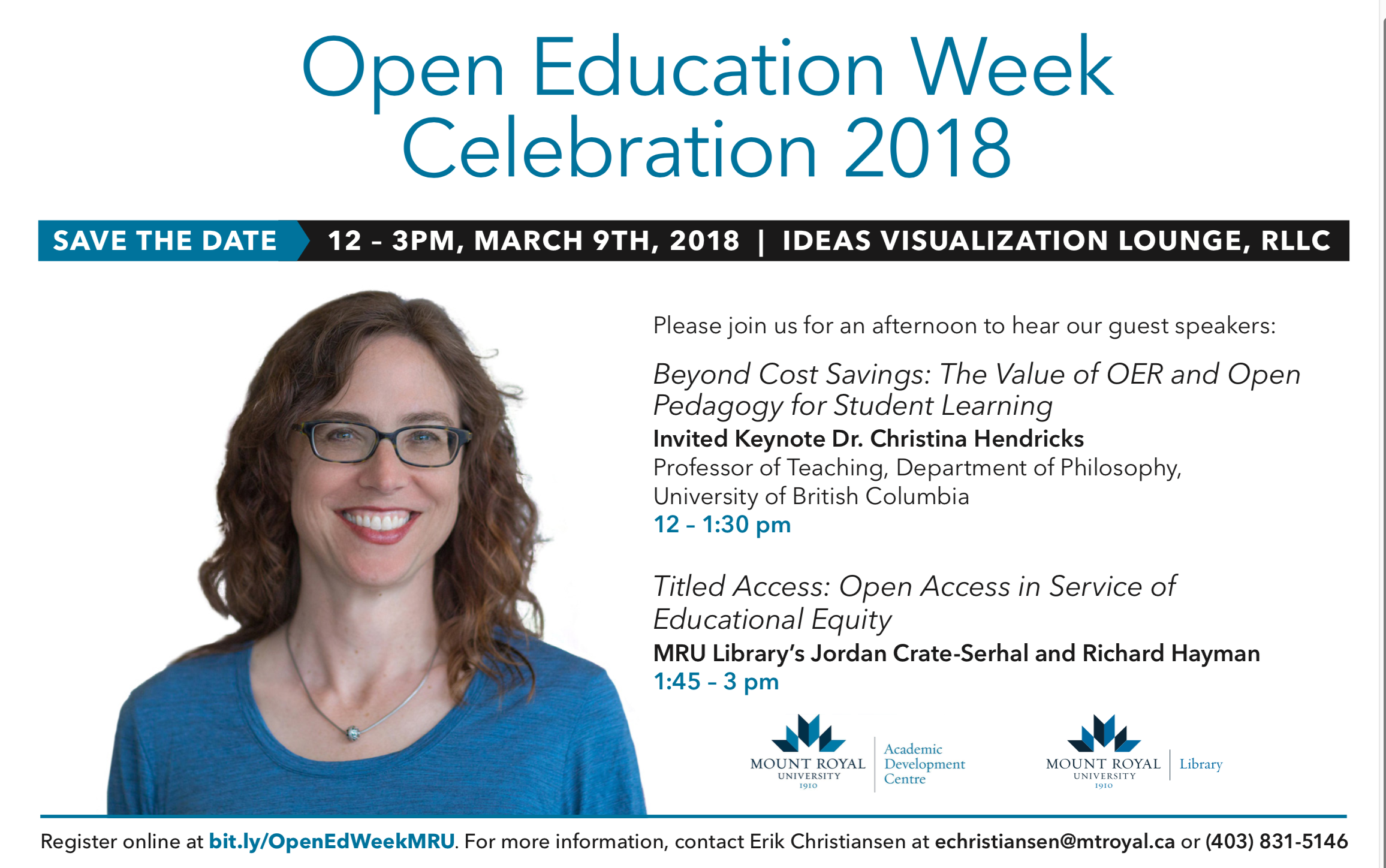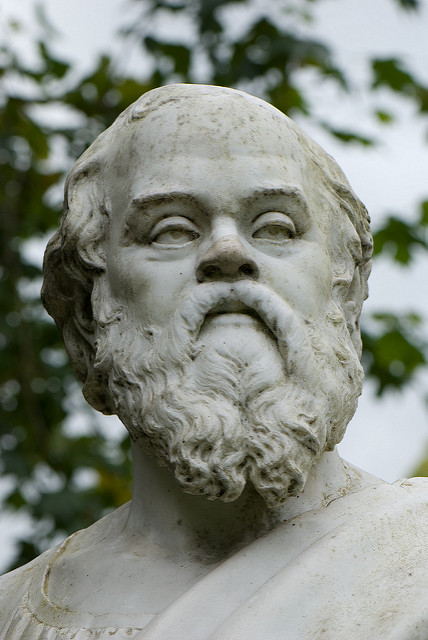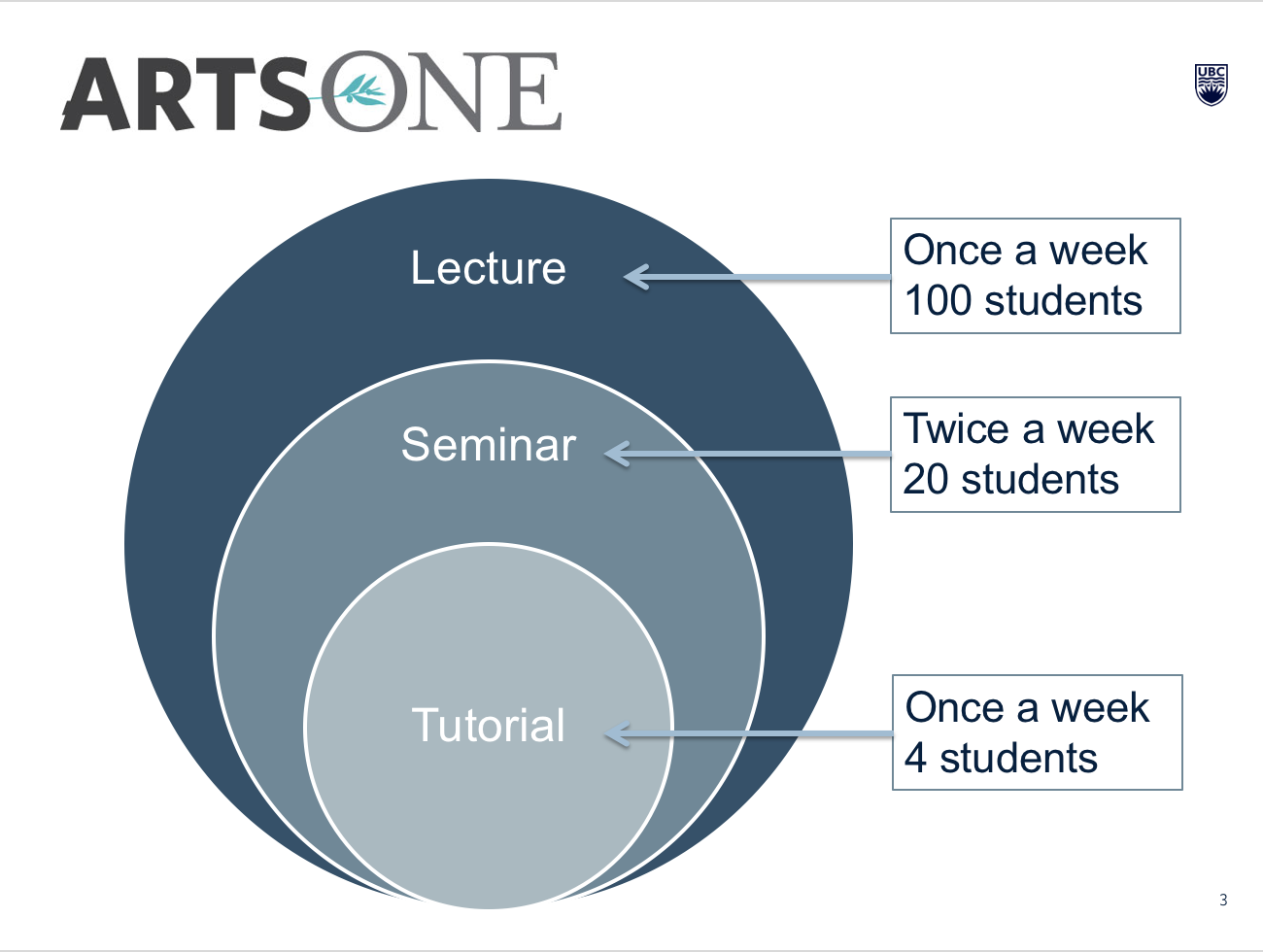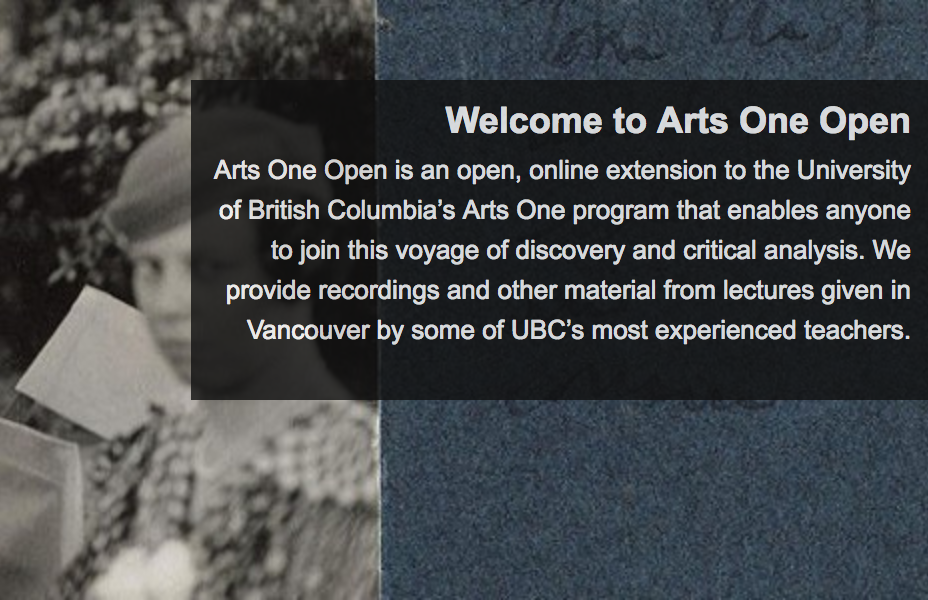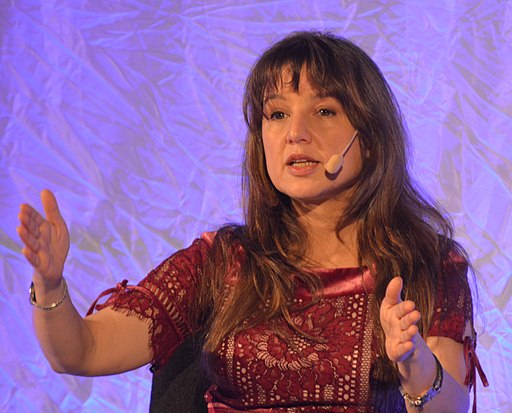Classes for this term ended yesterday, and I have a few immediate thoughts/reflections after the term has finished, about my Introduction to Philosophy course that I wanted to write down so I don’t forget them when I’m planning for the next time!
Here are a few things I struggled with determining how to do best this term.
Lecture & non-lecture time during class
This class meets Mondays and Wednesdays for 50 minutes in a big group, and then students also attend one more 50-minute discussion group run by a Teaching Assistant. I run the M,W classes, and it’s often a struggle for me to figure out how best to balance lecture vs. active learning time in that class.
On one hand, there is a great deal of research literature showing that students learn better if they don’t only listen to lectures but also do something with what they’re learning. On the other hand, I do think lectures can be quite useful if done well (and I try my best!); plus, students need to have some kind of basic understanding before active learning on the material can be effective. This can be gotten through what they do outside of class, but just reading philosophy texts on one’s own, if one is new to philosophy, isn’t usually the best way to get that understanding. I have created a few videos to help students with some of the readings but these are time consuming to make and I haven’t made very many.
In addition, since students also attend a full discussion group meeting once a week, I feel like I don’t want to do too much in the way of activities in the M,W class because I need to leave some of that available for the other class.
I did a midterm survey to get feedback partway through the course, and most students seemed to think the balance of what we were doing in class was fine; some wanted a little more lecture, some wanted a little less, and there wasn’t a strong majority on one side or the other.
Still, I feel like I want to work on this more, partly because of the next thing.
What to include in lectures
One student on the midterm feedback survey made an important point: they said that they felt like the people who did the readings before class (which I ask students to do!) got punished, in a way, because the lectures often went back over the readings. I agree! I struggle with this too.
The issue with intro to philosophy courses is that philosophy texts are not always easy to read and understand, for those new to the field (and also sometimes even for those familiar with the field!). As a result, all of my experience as a student, a grad student TA, and visiting others’ philosophy courses at times, shows that we tend to ask students to do the reading before class and then we go back over the reading in class to clarify the arguments. It is of course critical for all of us to have the basics of the arguments before writing essays about the philosophical views.
But I think I can work on this further by having more guidance for students while they’re reading or just before class. So, videos to help break down the basics, or formative (non-graded) quizzes to help them get the basics before coming to class, e.g. This is not something that can be done quickly but I can build it up over time.
I also want to take more time in class to talk about how to take notes on philosophical texts, and find ways to encourage more note-taking while reading. One way would be to ask them to submit notes from time to time that are graded just for completion. I made that an optional way to earn participation marks this term and those who did it did a great job! The only thing that has kept me from making this required is the large number of students in this course (usually between 100 & 150), and the difficulty of keeping up with marking. But I’m going to give this some more serious thought.
Then we could do other things in class, like delve more deeply into potential criticisms of the arguments–if they have the basics first then we can go deeper in class.
Peer feedback on essays
Last year I asked students to submit their completed first essays for peer feedback: after they submitted their first essays, they shared with one other person who read the whole essay and gave feedback for the purpose of improving the writing for the second essay. On the student evaluations some students wanted to be able to use peer feedback before they submit the essay for a mark.
So I changed things this year and had students submit something for peer feedback before each essay. For the first essay they submitted a draft introduction paragraph with a thesis statement, plus topic sentences for each body paragraph. That was due a bit over a week before the essay, and then students got comments from two other students (ideally) before finalizing their essays. For the second essay we did something similar, though this time they could submit up to 350 words of a paragraph about one of the philosophers’ views, if they wanted, or the same kind of thing they submitted for the first essay. The purpose of the paragraph option was to get feedback on whether they got the philosophers’ views correct and on the balance between quotes and paraphrases in the paragraph.
We did the peer feedback online (on Canvas), and it worked mostly okay. The main concerns I had were that some people submitted work but didn’t give any feedback on others’ work. The system automatically assigns two other students’ work for each student who submitted something. So for the surprisingly significant number of people who didn’t do any peer feedback, those other students missed out on comments (the TAs and I offered to talk to students who didn’t get any feedback from any other students, to discuss their work–which is of course something any student could also do!).
I’m struggling with:
- How valuable it is to get feedback on small snippets before submitting a full essay, as we did this year, or whether I should go back to having students provide feedback on a completed essay
- If the latter, probably the option to rewrite the essay should be made available.
- How to get students to actually do peer feedback online (make it worth more, perhaps)
- Last year we did peer feedback in person–students could only participate if they came to class and exchanged their essay with someone else. This meant that students actually did it, but it also meant it couldn’t be anonymous. There are pros and cons for each!
Those are my initial thoughts here at the end of the term. I will do more reflecting after the student evaluations of teaching results are out!
